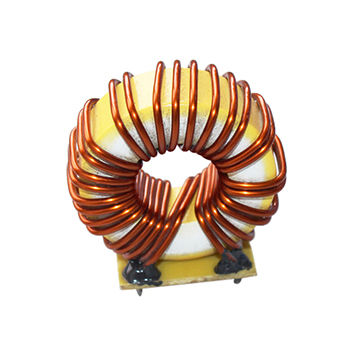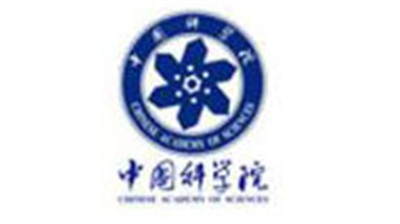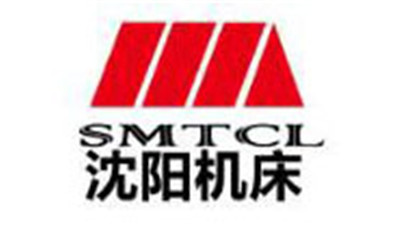Original Bingsen Industrial Control
Inductance is a physical characteristic in a circuit that describes how circuit components resist changes in current and generate voltage. To explain this concept in detail and in layman’s terms, let’s explore it in several parts:
1. Current and magnetic field
Firstly, it is important to understand that when current passes through a wire, it generates a magnetic field. This is a fundamental principle of electromagnetism. The strength of a magnetic field depends on the magnitude of the current: the larger the current, the stronger the magnetic field generated.
2. Electromagnetic induction
Next, we will introduce electromagnetic induction. Faraday’s law of electromagnetic induction tells us that a changing magnetic field can generate voltage in surrounding conductors. This means that if you have a magnetic field and its intensity changes, it can “excite” or “induce” voltage in nearby wires.
3. The function of inductance
So, how does inductance work? When you have a wire (such as a coil) and apply electricity inside, a magnetic field will be generated. If the current starts to change (increase or decrease), the magnetic field around it will also change. According to Faraday’s law, this changing magnetic field will generate an induced voltage on the wire, which attempts to maintain the original current flow unchanged. This phenomenon is a manifestation of inductance.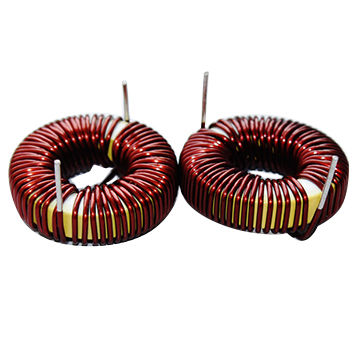
If the current increases, the inductor will generate a reverse voltage, attempting to reduce the current. If the current decreases, the inductor will generate a forward voltage, attempting to increase the current. That’s why inductors are sometimes described as the “inertia” of current, resisting changes in current.
4. Coil and Inductance
In practical applications, in order to increase the inductance effect, wires are usually wound into the shape of coils. Each wire inside the coil will affect each other due to the magnetic field generated by adjacent coils, which will make the inductance of the entire coil much larger than that of a straight conductor.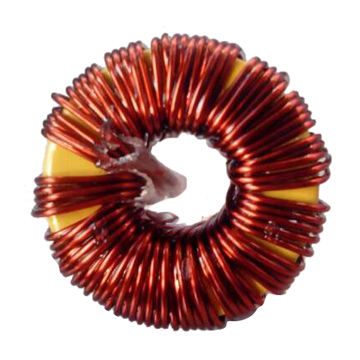
5. Application
Inductors have many practical applications. For example, in power equipment, inductors can be used to smooth voltage fluctuations; In wireless communication equipment, it is used together with capacitors to create oscillation circuits that can filter out signals of specific frequencies.
(1) Power filter
Inductors are used in power circuits, especially in switching power supplies, to smooth current and voltage, reduce noise and spikes. They are used to suppress high-frequency noise and provide stable DC power to circuits.
(2) Resonant Circuit and Frequency Selection
Inductors and capacitors are used together to establish resonant circuits that can select or amplify signals at specific frequencies. This is very important in wireless communication devices such as radios and mobile phones, as it can be used for frequency filtering and tuning.
(3) Energy storage and transmission
Inductors serve as energy storage components in circuits, particularly in pulse power supplies and temporary energy storage applications. In transformers, inductors are used to transfer energy between different circuits through magnetic coupling and allow for changes in voltage and current levels.
(4) Limiting current and overcurrent protection
In the starting and power supply circuits of electric motors, inductors can limit the rate of current rise and peak current, thereby providing overcurrent protection and preventing circuit damage.
(5) Signal processing
In analog signal processing, inductors are used to filter out high-frequency signals, match impedance, and delay signals. They are common in various filter designs.
(6) Electromagnetic interference (EMI) suppression
Inductance is used to suppress and filter electromagnetic interference (EMI), which can prevent noise from entering the circuit and also prevent noise from being emitted from the circuit, thereby avoiding interference with other devices
(7) Sensors
In some sensor technologies, inductors are used to detect changes in magnetic fields, which may be related to position, velocity, or other physical quantities.
(8) Power factor correction
In AC power systems, inductors and capacitors are used in conjunction to improve power factor, reduce reactive power consumption, and thus enhance the efficiency of electrical energy utilization.
6. Unit of measurement
The unit of inductance is Henry (H), named after American scientist Joseph Henry. If the inductance of a coil is 1 Henry, then every time the current changes at a rate of 1 ampere per second, it will generate an induced voltage of 1 volt on the coil.
summary
So, overall, inductance is a characteristic of a component that resists changes in current by generating a reverse voltage within the component to counteract rapid changes in current. This simple principle has a wide range of applications in electronic technology and electrical engineering, from the simplest power filtering to complex radio frequency tuning.
Post time: Nov-07-2024

